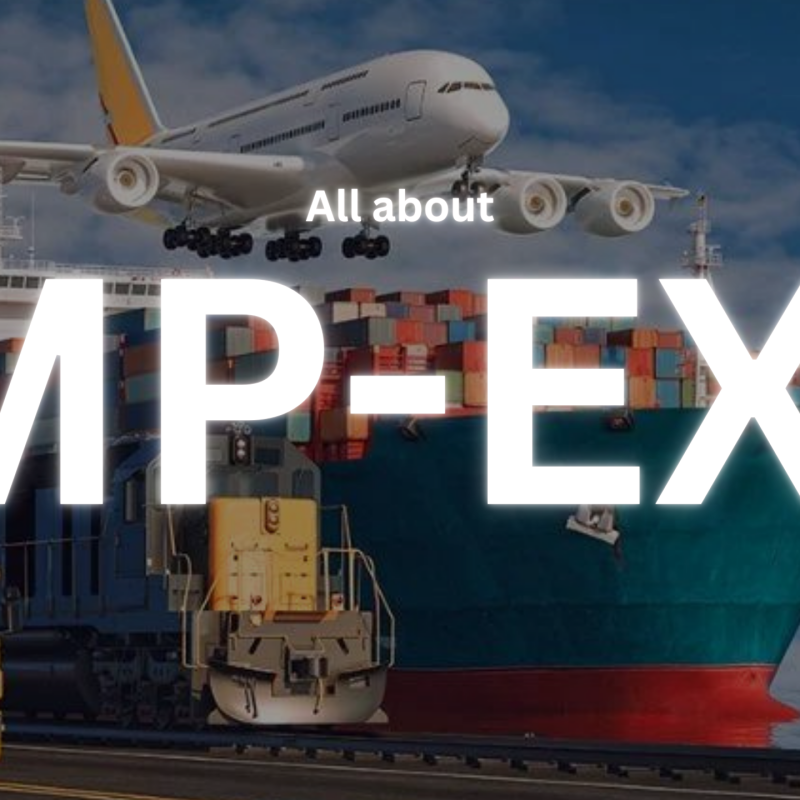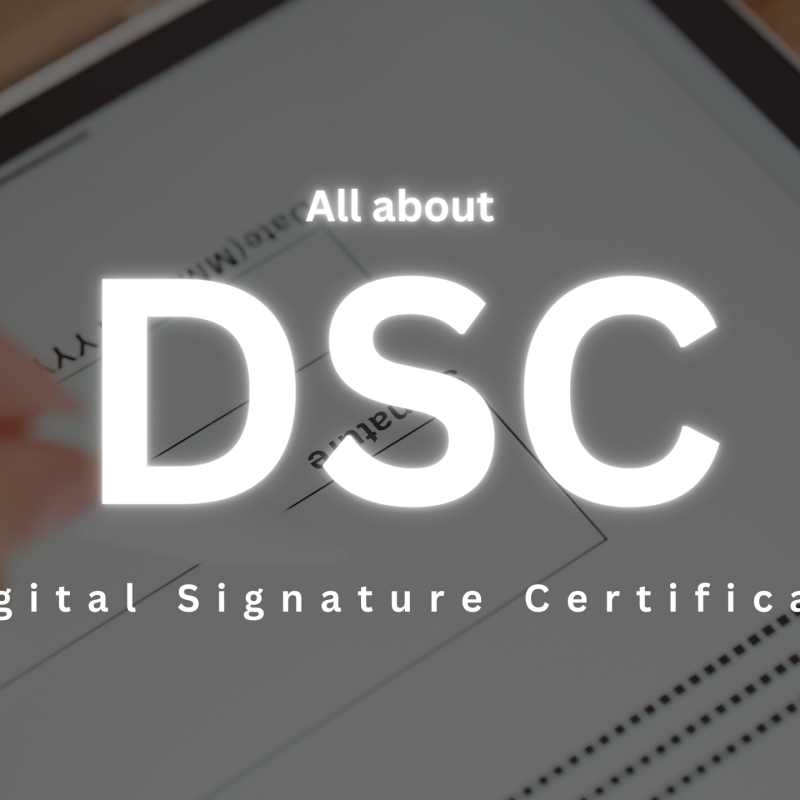In India, employee welfare is a significant concern, and the government has implemented various schemes to ensure social security for workers. Two of the most important schemes are the Employees' State Insurance Corporation (ESIC) and the Provident Fund (PF). Both aim to provide financial security, but they serve different purposes and have different operational mechanisms. Let's delve into the key differences between ESIC and PF.
1. Objective
ESIC: The primary objective of ESIC is to provide socio-economic protection to employees in the organized sector in the event of sickness, maternity, disability, or death due to employment injury. It covers medical care for the insured person and their family.
PF: The Provident Fund aims to provide financial security and stability to employees during retirement. It helps in accumulating a corpus that can be used after retirement or for specific expenses like education, medical treatment, or housing.
2. Applicability
ESIC: Applicable to establishments with 10 or more employees (20 or more in some states) earning a monthly salary of up to ₹21,000 (₹25,000 for employees with disabilities). ESIC is mandatory for such establishments and employees.
PF: Applicable to establishments with 20 or more employees. It is mandatory for employees earning up to ₹15,000 per month, but employees earning above this limit can also opt for voluntary PF contributions.
3. Contributions
ESIC: Contributions are shared between the employer and the employee.
Employer's contribution: 4.75% of the employee's wages.
Employee's contribution: 1.75% of their wages.
PF: Contributions are made by both the employer and the employee, typically at the rate of 12% of the employee's basic salary and dearness allowance.
Employer's contribution: 12% (8.33% goes to Employee Pension Scheme, and the remaining 3.67% to the EPF account).
Employee's contribution: 12% of basic salary and dearness allowance.
4. Benefits
ESIC:
Medical Benefit: Comprehensive medical care for employees and their families.
Sickness Benefit: Cash compensation during medical leave.
Maternity Benefit: Cash benefits to insured women during maternity leave.
Disability Benefit: Compensation for temporary or permanent disablement due to employment injury.
Dependents' Benefit: Financial support to dependents in case of death due to employment injury.
Other Benefits: Funeral expenses, vocational rehabilitation, etc.
PF:
Retirement Benefit: Lump sum amount at the time of retirement.
Partial Withdrawals: For specific purposes like marriage, education, home purchase, medical treatment, etc.
Pension: Monthly pension under the Employee Pension Scheme (EPS) for employees who have contributed for at least 10 years.
Insurance: Life insurance coverage under the Employees’ Deposit Linked Insurance Scheme (EDLI).
5. Regulatory Authorities
ESIC: Administered by the Employees' State Insurance Corporation, an autonomous body under the Ministry of Labour and Employment.
PF: Administered by the Employees' Provident Fund Organisation (EPFO), under the Ministry of Labour and Employment.
6. Registration Process
ESIC: Employers need to register their establishment with ESIC within 15 days of becoming eligible. The process can be completed online through the ESIC portal.
PF: Employers need to register with the EPFO within one month of employing 20 or more employees. The registration can be done online through the EPFO portal.
Conclusion
Both ESIC and PF play crucial roles in ensuring the well-being of employees in India. While ESIC focuses on providing immediate social security benefits related to health and employment injury, PF emphasizes long-term financial security post-retirement. Understanding the differences and benefits of these schemes helps employers and employees alike to make informed decisions regarding their contributions and entitlements.
FAQs
Can an employee be covered under both ESIC and PF? Yes, an employee can be covered under both ESIC and PF as they serve different purposes.
Is it mandatory for all employees to contribute to ESIC and PF? Contribution to ESIC is mandatory for employees earning up to ₹21,000 per month in applicable establishments. For PF, it is mandatory for employees earning up to ₹15,000 per month, but those earning above can also contribute voluntarily.
What happens to the PF account when an employee changes jobs? The PF account can be transferred to the new employer using the Universal Account Number (UAN), ensuring continuity of benefits.
How can employees avail ESIC benefits? Employees can avail ESIC benefits by visiting any ESIC dispensary or hospital and presenting their ESIC card or number.
Can PF contributions be withdrawn before retirement? Yes, partial withdrawals are allowed for specific purposes such as education, marriage, medical treatment, and home purchase, subject to certain conditions.
For more compliance-related services and queries, explore Company24.in or call us at +91 9216472424 to simplify your business journey. And join our WhatsApp community to get detailed regular updates.






